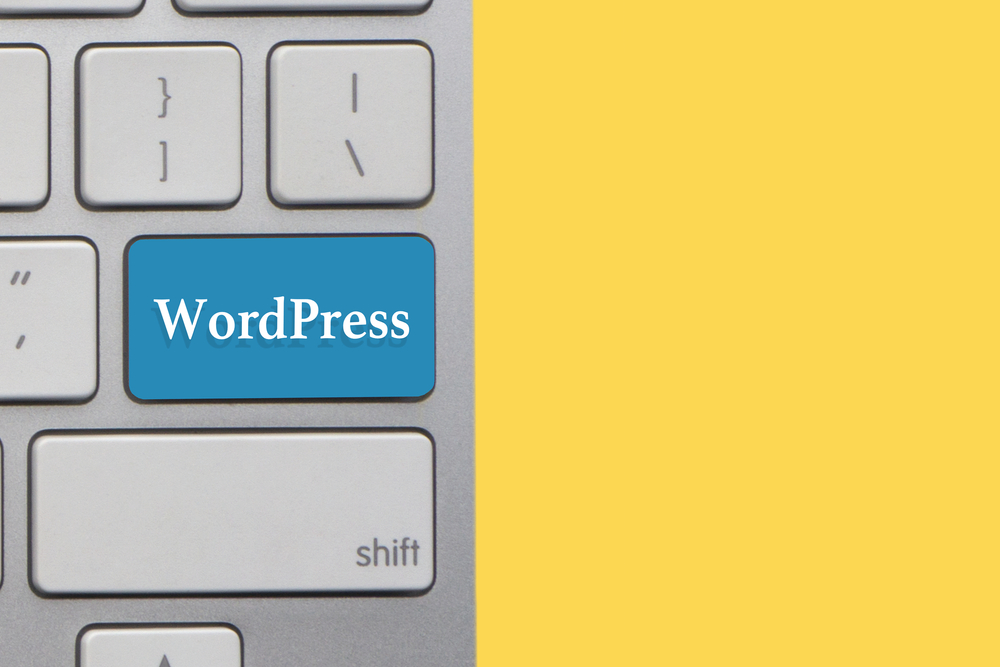
Introduction:
WordPress (the platform for bloggers) has become the go-to platform for website development, offering a user-friendly interface and powerful tools for customization and maintenance. Whether you are a seasoned developer or a newbie in the world of web design, there are essential tips you should know to master WordPress (or WP) . In this article, we will dive into some key strategies that will help you customize and maintain your WordPress (the blogging platform) site effectively.
1. Selecting the Right Theme:
The first step to creating a visually appealing website is choosing the right theme. WordPress offers thousands of themes, both free and premium, that cater to various industries and personal preferences. Take your time to browse through different themes and select one that best reflects your brand or website's purpose. Look for a theme that is regularly updated, has good reviews, and offers adequate support.
2. Plugins - Your Magic Toolbox:
One of the primary reasons why WordPress (WP) is so popular is its vast ecosystem of plugins. Plugins allow you to enhance the functionality of your website without any coding knowledge. From SEO optimization to contact forms and social media integration, there is a plugin for almost everything you might need. However, it is crucial to be mindful of the number of plugins you install, as too many can slow down your site's performance. Stick to essential plugins and regularly update them for security reasons.
3. Customizing the Appearance:
To make your website unique, customizing its appearance is essential. WordPress provides a built-in Customizer tool that allows you to make changes to your theme's appearance in real-time. This includes customizing colors, fonts, headers, footers, and more. Additionally, you can also add custom CSS code to override the default styling of your theme and achieve a truly personalized look.
4. Understanding Widgets & Sidebars:
Widgets are small blocks of content that can be added to your website's sidebars, footers, or other widget-ready areas. WordPress comes with a set of default widgets such as search, categories, archives, and more. However, many themes also offer additional custom widgets. Utilizing widgets can help you display important information or additional functionality on specific pages or sections of your website.
5. Optimizing Performance:
Speed is a critical factor for user experience and search engine rankings. To optimize the performance of your WordPress site, consider implementing the following techniques:
a. Use a caching plugin to speed up page loading times by storing static versions of your website's pages.
b. Optimize your images by compressing them without sacrificing quality.c. Enable lazy loading to reduce the initial load time of your pages.
d. Regularly clean up and optimize your database to remove unnecessary data.
6. Security Measures:
Protecting your WordPress site from potential threats is essential. Here are some security measures you should implement:
a. Keep your WordPress version, themes, and plugins up to date to take advantage of security patches and bug fixes.
b. Use strong and unique passwords for your admin account and regularly change them.c. Install a security plugin that offers features such as malware scanning, file integrity monitoring, and login protection.
d. Regularly backup your WordPress database and files to ensure you can restore your website in case of any issues.
FAQ:
Q1: How can I find a suitable WordPress theme for my website?A1: WordPress.org has a vast collection of free themes. You can also explore premium theme marketplaces for higher quality options.
Q2: Is it necessary to install a lot of plugins for my WordPress site?
A2: No, it is recommended to install only essential plugins to maintain your site's performance. Too many plugins can slow down your website.
Q3: How do I customize the appearance of my WordPress site?
A3: You can use the WordPress Customizer tool to make real-time changes to your theme's appearance. You can also add custom CSS code for more advanced customization.
Q4: How can I improve my WordPress site's loading speed?
A4: You can optimize performance by using caching plugins, compressing images, enabling lazy loading, and regularly cleaning up and optimizing your database.
Q5: What security measures should I take for my WordPress site?
A5: Keep your WordPress version, themes, and plugins up to date, use strong passwords, install a security plugin, and regularly back up your website.
Conclusion:
WordPress provides endless possibilities for web customization and maintenance. By carefully selecting the right theme, utilizing plugins wisely, customizing appearance, optimizing performance, and implementing security measures, you can master WordPress and create a website that aligns perfectly with your brand or vision. Remember to keep yourself updated with the latest WordPress trends and techniques to stay ahead in the ever-evolving world of web development. Happy WordPressing!
Other useful resources
- https://www.wordpress24plus.com/wordpress-tools-directory/wordpress-plugins/
- https://www.wordpress24plus.com/topics/wordpress-tips-and-tricks/